5th Floor, West Tower, World Financial Centre
1 Dong San Huan Middle Road
Chaoyang District, Beijing 100020, China
Tel: +86 10 5081 5880

January 19, 2024
2023 China Sustainable Investment Development Forum
On December 23, 2023, the Shanghai Advanced Institute of Finance (SAIF) hosted the “2023 China Sustainable Investment Development Forum” at its Xuhui campus.
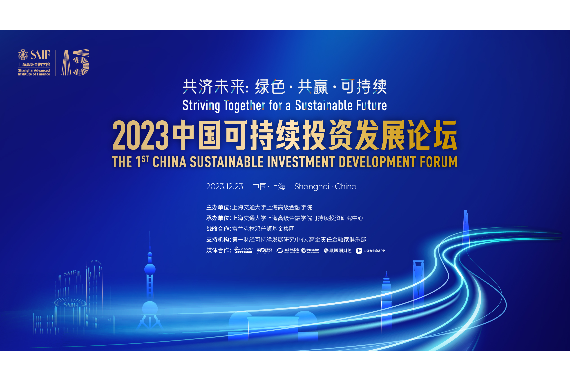
January 18, 2024
Mayor Zheng Gong's Visit to SAIF
On December 22, 2023, Zheng Gong, the Mayor of Shanghai, visited both SAIF and CEIBS at Shanghai Jiao Tong University (SJTU). He was accompanied by Vice Mayor Dong Xie, SJTU Communist Party Committee Secretary Zhenbin Yang, SJTU President KuiLing Ding, an
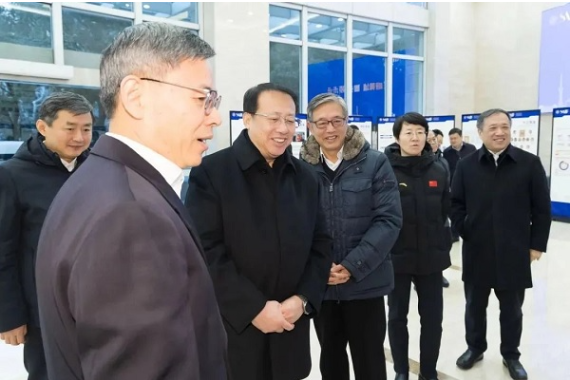
December 26, 2023
SAIF GES XII Program Commences with Opening Ceremony
On November 23, the Shanghai Advanced Institute of Finance (SAIF) held the opening ceremony for cohort XII of the Global Executive Scholarship (GES) program. Attendees included SAIF leadership, faculty from Arizona State University’s Carey Business School
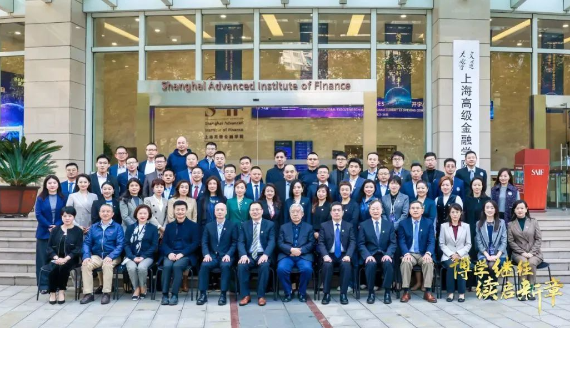
December 25, 2023
2023 SAIF Wealth Management Forum Convenes
On September 29, the Shanghai Advanced Institute of Finance (SAIF) hosted the 2023 Wealth Management Forum, along with the release of the "Report on China Residents' Investment and Financial Management Behaviors".
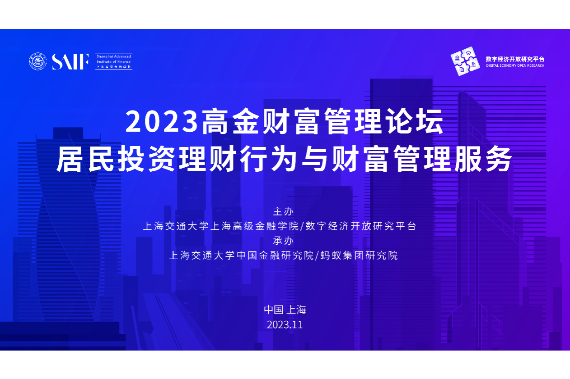
December 24, 2023
Strategic Cooperation Agreement Signed Between SAIF and AICPA & CIMA
On November 23, 2023, the CGMA Annual Awards and CFO Forum was held in Pudong, Shanghai. Shijun Cheng, Executive Dean of the Shanghai Advanced Institute of Finance (SAIF), delivered a keynote address and signed a strategic cooperation memorandum on behalf
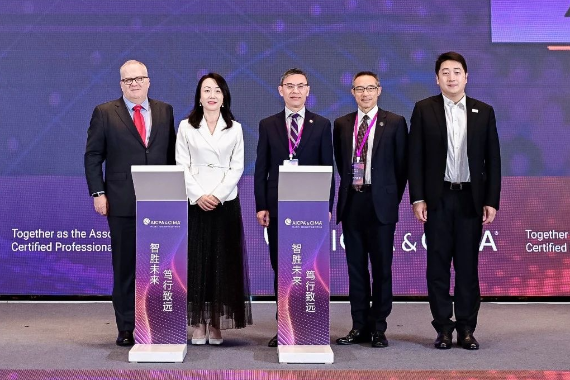
November 29, 2023
Columbia University Delegation Visits SAIF
On November 5th, 2023, a delegation from Columbia University visited the Shanghai Advanced Institute of Finance (SAIF) at Shanghai Jiao Tong University. The delegation was led by Senior Vice Provost Soulaymane Kachani, Dean of Student Affairs Jenny S. Mak
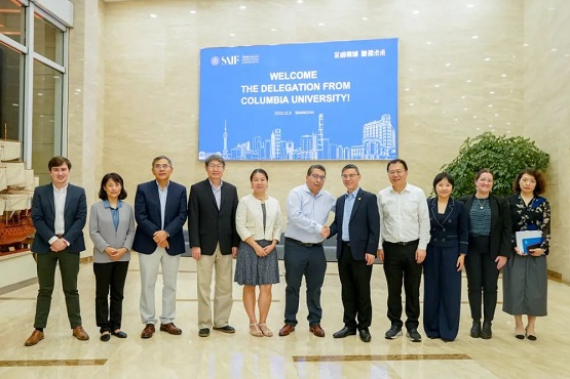
November 28, 2023
Dean of the University of Chicago Booth School of Business Visits SAIF
On October 26th, 2023, Dean Madhav Rajan of the University of Chicago Booth School of Business visited the Shanghai Advanced Institute of Finance (SAIF) at Shanghai Jiao Tong University. The SAIF representatives attending the meeting included Executive De
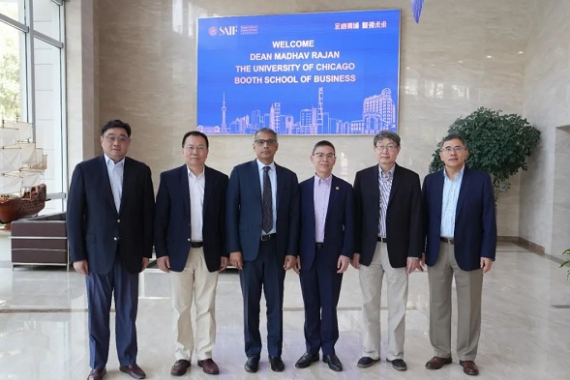
November 27, 2023
SAIF Establishes China's First Comprehensive Sci-Tech Innovation Finance Curricu ...
On October 26th, 2023, the Shanghai Advanced Institute of Finance (SAIF) officially launched China's first systematic and cutting-edge Sci-Tech Innovation Finance curriculum suite. This new offering fully utilizes SAIF's unique position connecting the Sha
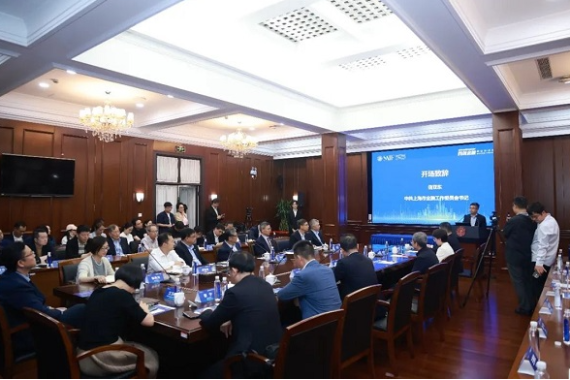
November 26, 2023
Wharton School Dean Visits SAIF
On October 17th, 2023, a delegation from the Wharton School at the University of Pennsylvania, led by Dean Erika James and Deputy Dean Adam Michaels, visited the Shanghai Advanced Institute of Finance (SAIF) at Shanghai Jiao Tong University. The SAIF atte
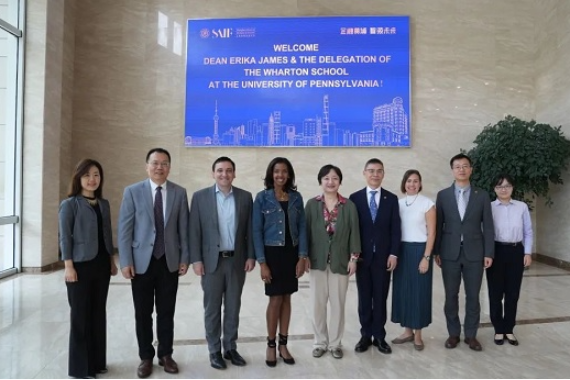
October 27, 2023
SAIF Hosts CBDC Seminar
On October 12, SAIF and the Shanghai AI Lab's Digital Economy Research Team held the "Central Bank Digital Currencies: Theory, Frontier and Practice" seminar at SAIF, co-organized with the Shanghai Xuhui District Financial Service Office.
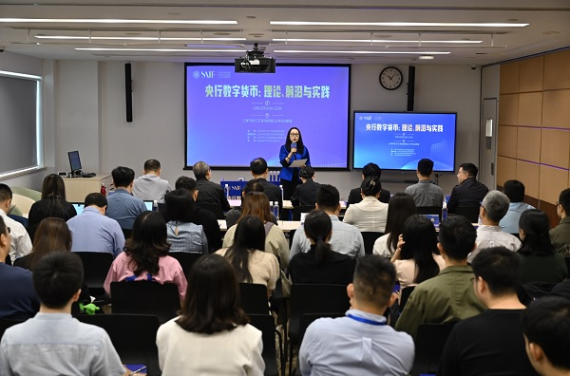

211 West Huaihai Road
Shanghai 200030, China
Tel: +86 21 6293 3500
9th Floor, Building T6, Hongqiao Hui
990 Shenchang Road
Shanghai 201106, China
3rd Floor, Building D, Chenfeng Building
800 Tongpu Road
Shanghai 200062, China
5th Floor, West Tower, World Financial Centre
1 Dong San Huan Middle Road
Chaoyang District, Beijing 100020, China
Tel: +86 10 5081 5880
1203 Tower 7, One Shenzhen Bay
Nanshan District, Shenzhen 518000, China
Tel: +86 755 8663 8815
© Shanghai Advanced Institute of Finance All Rights Reserved.


Top